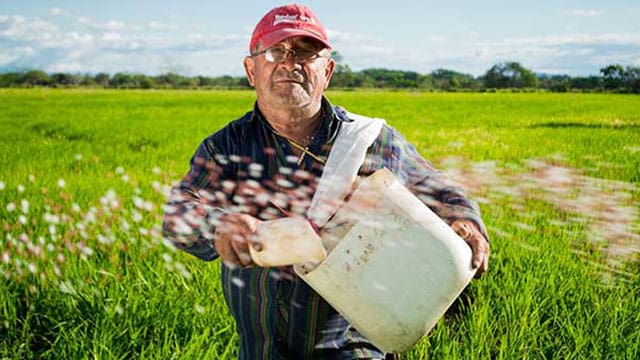The claim that the capital gains tax affects only 0.13 percent of Canadians is not true
 It’s hard to recall a time when capital gains taxes have drawn so much attention.
It’s hard to recall a time when capital gains taxes have drawn so much attention.
Historically, changes to capital gains taxation have largely flown under the radar. However, the latest modifications are different.
Starting June 25, 2024, capital gains up to $250,000 will continue to be taxed at the standard 50 percent inclusion rate. Gains exceeding C$250,000, however, will be taxed at a new inclusion rate of 66.67 percent for individuals. Furthermore, the 2024 federal budget introduces two other notable changes: all capital gains generated through a corporation will be subject to the 66.67 percent inclusion rate, and the lifetime capital gains exemption for eligible property will increase from $1,016,836 to $1,250,000.
These changes raise significant concerns for family businesses, particularly in the agri-food sector, where most farms are family-run operations. The Grain Growers of Canada, representing over 65,000 family-owned farms, recently released a report contradicting Ottawa’s claim that only 0.13 percent of Canadians, or fewer than 60,000 people, will be affected. The report suggests a much broader impact.
 |
| Related Stories |
| Trudeau’s capital gains tax hike a blow to democratic principles
|
| Higher capital gains taxes a recipe for stagnation
|
| Why a capital gains tax on the rich makes sense
|
According to Statistics Canada, Canada has nearly 190,000 farms, most of which are family businesses. The Grain Growers of Canada report indicates that the average farm will see a 30 percent tax increase due to the new two-thirds capital gains inclusion rate.
Generational succession planning is a cornerstone in agri-food, particularly farming. Currently, less than 1.7 percent of Canadians are involved in farming, a percentage likely to decrease over time. Canada is losing between 700 to 1,000 farms annually. By making farming less financially attractive, the number of farms will continue to dwindle, leading to greater consolidation and fewer family-owned farms.
Farmers are known for their ingenuity and entrepreneurial spirit; many have accumulated significant assets. However, farmers are often “asset rich, cash poor,” meaning they possess valuable assets such as farmland, quotas, equipment, and livestock but lack liquid cash. This becomes especially challenging with changes to capital gains taxes.
If a farmer sells a portion of their land or valuable equipment, they might realize a substantial capital gain. The Grain Growers of Canada report highlights that this financial strain can force farmers into difficult financial positions, requiring them to find ways to generate the necessary funds to meet fiscal obligations.
Moreover, many farmers plan to pass their farms on to the next generation. Increased capital gains taxes could complicate estate planning and succession. The tax burden on asset transfers may be higher, leading to more family farms being sold off or broken up to pay taxes, potentially reducing the number of family-owned farms and altering the landscape of rural communities.
The impact extends beyond farming. Many family-owned businesses exist in Canada’s food manufacturing, retail, and food service industries. According to IBISWorld, Canada has nearly 80,000 full-service restaurants, many of which are family-owned. These businesses could be significantly affected by the increased capital gains tax.
Behind every family business are hardworking, taxpaying Canadians who will likely be affected by these changes.
While there are exclusions and fiscal measures to assist with asset transfers and generational succession planning, the tax increase disincentivizes investment. If we aspire to grow our economy and increase competition across the agri-food sector, raising taxes to ensure “the wealthy face the same tax burden as nurses” is not the solution. A more effective approach might be to reduce the tax burden for nurses instead.
More broadly, Family Enterprise Canada states that family-owned businesses make up 63.1 percent of all private sector firms in the Canadian economy, contributing 48.9 percent to Canada’s real GDP in the private sector, amounting to $574.6 billion. Additionally, they employ 6.9 million people nationwide, representing 46.9 percent of private sector employment.
The changes to the capital gains tax will likely affect much more than just 0.13 percent of Canadians. Ottawa must reconsider its approach to avoid undermining the backbone of our food economy: family-owned agri-food businesses.
Dr. Sylvain Charlebois is senior director of the agri-food analytics lab and a professor in food distribution and policy at Dalhousie University.
For interview requests, click here.
The opinions expressed by our columnists and contributors are theirs alone and do not inherently or expressly reflect the views of our publication.
© Troy Media
Troy Media is an editorial content provider to media outlets and its own hosted community news outlets across Canada.


